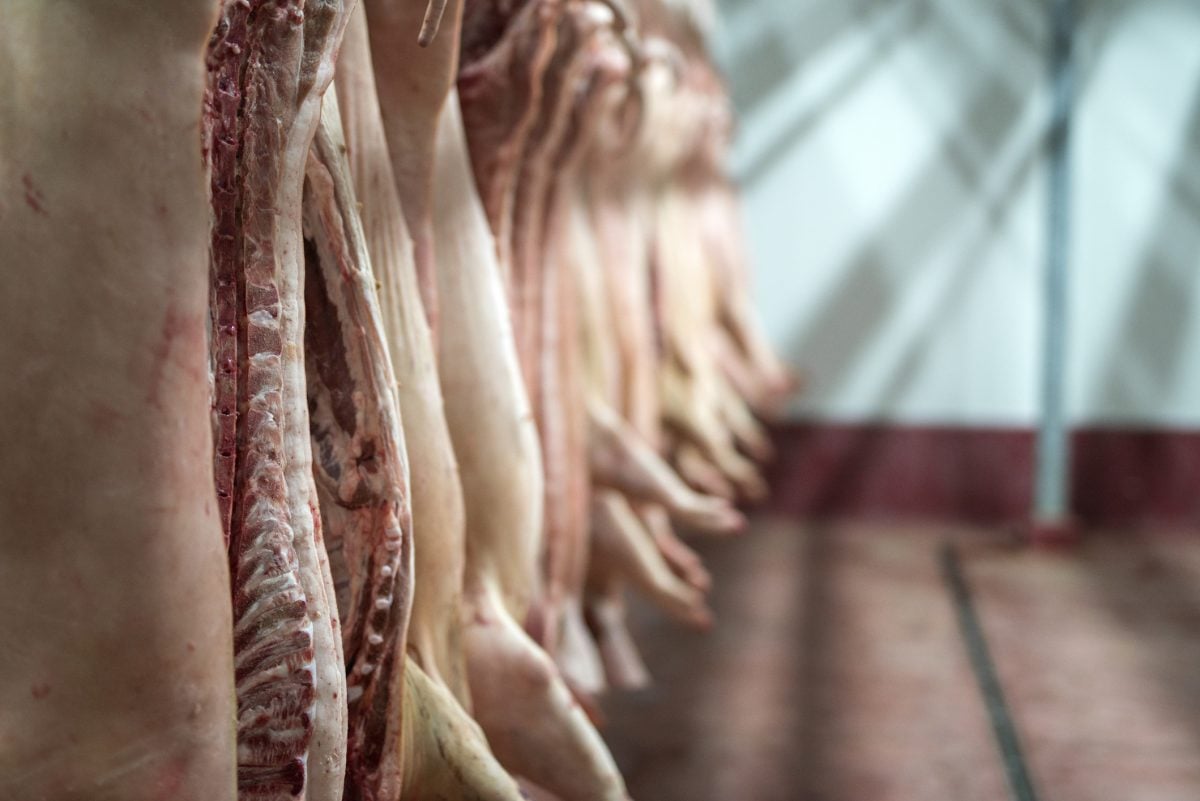GENEVA, Nov 13 (Reuters) – Farmers in the European Union could sow 4 percent more soft wheat for next year’s harvest, giving the 28-country bloc a chance of achieving its biggest crop for six years if harsh growing weather is avoided, analyst Strategie Grains said.
The soft wheat area in the EU is expected to rise to just over 24 million hectares from 23.2 million harvested this year, Andree Defois of the French-based research firm told Reuters.
This was in contrast to an expected fall in total cereal sowings in the EU as farmers reacted to a broad fall in grain markets this year, she said.
Read Also

U.S. livestock: Cattle slip back, hogs gain
Chicago cattle futures slipped back on Friday after Thursday’s pause. Hog futures crept upward. Most-active December live cattle futures closed…
Assuming a long-term yield trend based on average weather conditions, Strategie Grains projects the higher wheat area would lead to EU production of 140 million tonnes, above this year’s crop of 135 million and the biggest output since 2008.
“If you take the wheat area, we’re on course for a good crop,” Defois said on the sidelines of the Global Grain conference in Geneva.
“Gross margins as a whole fell in this year’s harvest … but in this context of lower margins, wheat has fared better.”
In an initial area outlook last month, Strategie Grains forecast EU soft wheat should gain 3 percent, without giving an estimate in hectares.
International wheat prices have been boosted in recent months by robust global demand driven by China and Brazil, which has whittled down stocks in major exporting countries.
Healthy demand and relatively tight supplies worldwide would prevent wheat prices from falling significantly in the near future, even if maize (corn) markets continue to slide in the face of a large world crop, Defois said.
“We have a market (in Europe) that isn’t particularly heavy, a global context that remains fragile and a U.S. balance sheet that is going to be tight after everything they’ve exported,” she said of wheat. (














